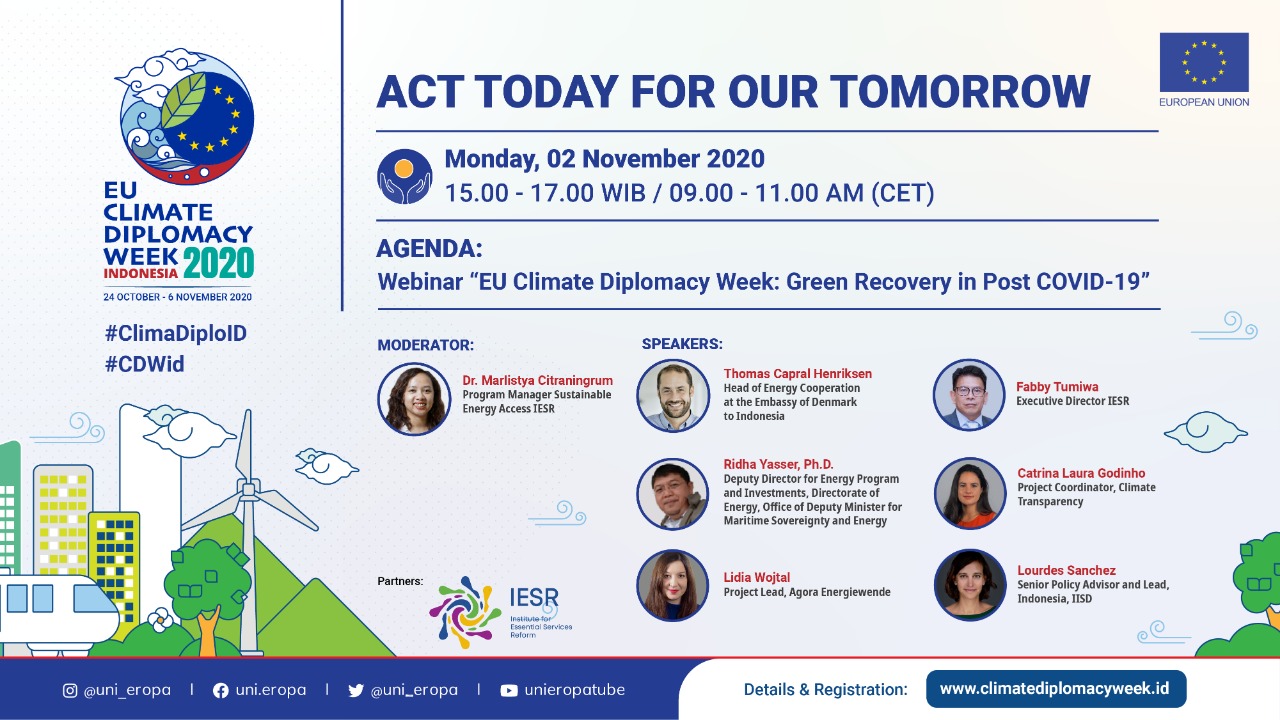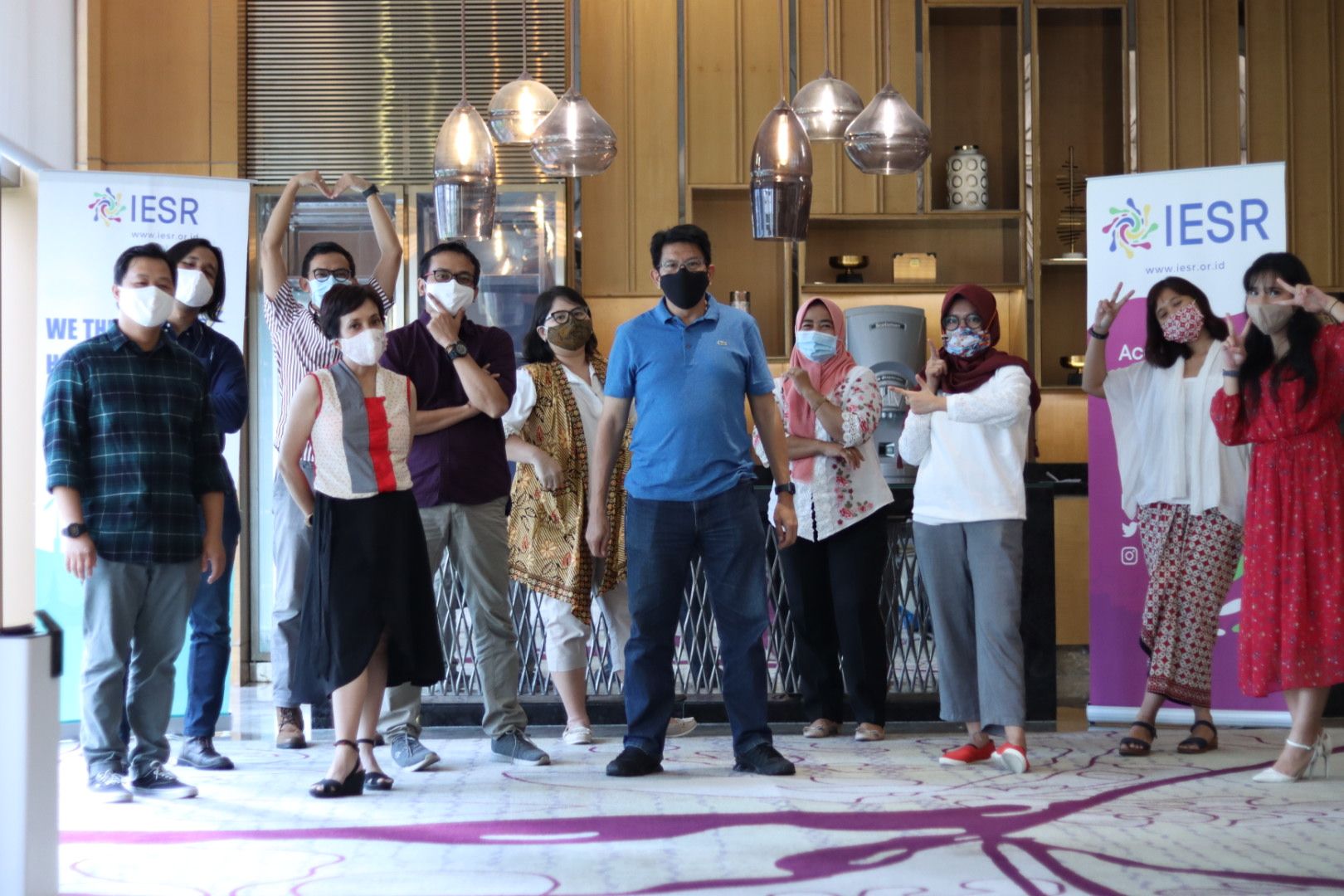
COVID19 Aftermath: The Energy Transition must start Now!
EU Climate Diplomacy Week: Green Recovery in Post COVID-19 Era Jakarta, 2 November 2020 — The COVID-19 pandemic brings significant shocks to the world e... Read more.

The government ought to Prepare a Strategy to Accelerate Energy Transitions
Reviewing the National Energy Plan 2017, is it still relevant in the energy transition era? Jakarta, Tuesday, September 28, 2020 – “Climate c... Read more.

Inaugurates the Largest Solar Roof Power Plant in Central Java: Energy Transition is Inevitable
One Year Reflection of Central Java Solar ProvinceSolar Klaten, 6 October 2020 – A year since the declaration of Central Java Solar Province (the pioneer ... Read more.

500 Tons of Carbon Emissions in 2050 Potentially could be prevented, if the Government Take Serious Action in Preparing a Road Map for Low Carbon Transportation
Event Report: A Transition Toward Low Carbon Transportation Jakarta, Tuesday, October 6, 2020 – With economic development, transportation has become a nec... Read more.

The Urgency of Reviewing and Updating the RUEN to Accelerate the Energy Transition in Indonesia
Jakarta, Tuesday, September 28, 2020 – Institute for Essential Services Reform (IESR) launched one of five thematic study series on Indonesia’s ener... Read more.

GNSSA: An effort to Create a Solar-rooftop friendly Ecosystem
Sunsational GNSSA: Reflections on Three Years of National Movement of One Million Rooftop solar Jakarta, 24 September 2020 Third-year after the National Movemen... Read more.

Belajar dari Kasepuhan Ciptagelar, Panen Energi dari Air dan Matahari
Kasepuhan Ciptagelar, masih memegang tradisi dan adat istiadat dengan kuat. Meskipun begitu, mereka memanfaatkan berbagai teknologi, bahkan punya saluran tele... Read more.

Energy Transition Ideathon 2020 Wall of Fame
Jakarta, 14 September 2020 – The Ideathon 2020 Energy Transition organized by the Institute for Essential Services Reform (IESR) concluded the first seaso... Read more.

Kementerian ESDM dan Badan Energi Internasional memperdalam kerja sama untuk memajukan transisi energi di Indonesia
Jakarta — 8 Juli, 2020, IESR. Institute for Essential Services Reform menyambut baik dan mendukung rencana kerjasama Kementerian ESDM bersama dengan Inter... Read more.

Pojok E-Nergi: Jaring Pengaman Sosial Sektor Energi di Masa Pandemi Virus Corona
Pada 14 April 2020, Institute for Essential Services Reform (IESR) menyelenggarakan Seri Diskusi Daring (online) Pojok E-Nergi perdana, mengangkat topik jaring ... Read more.
